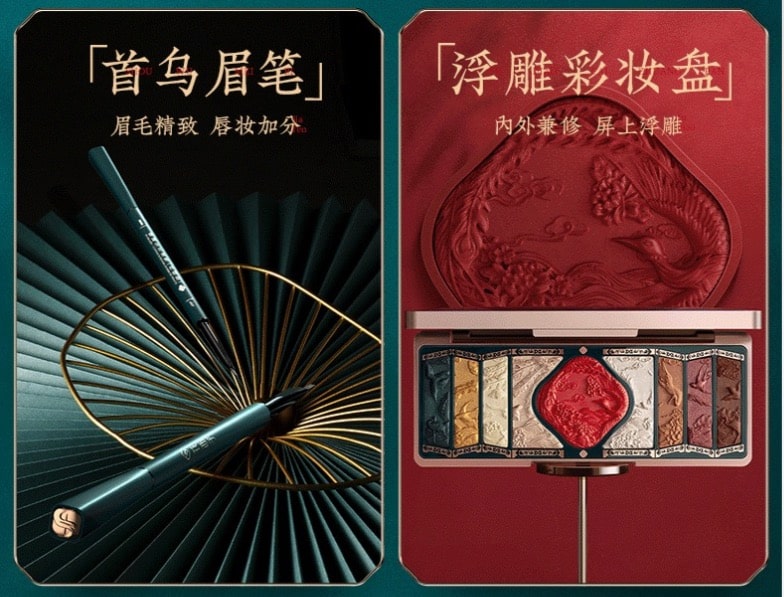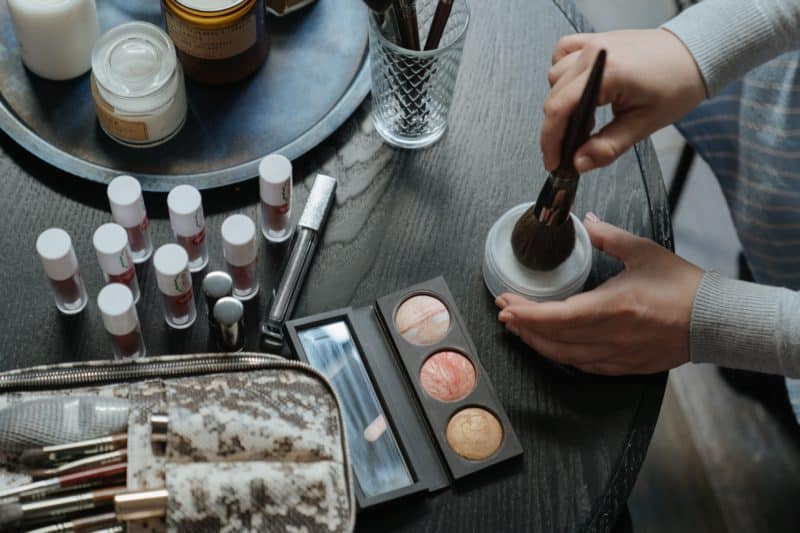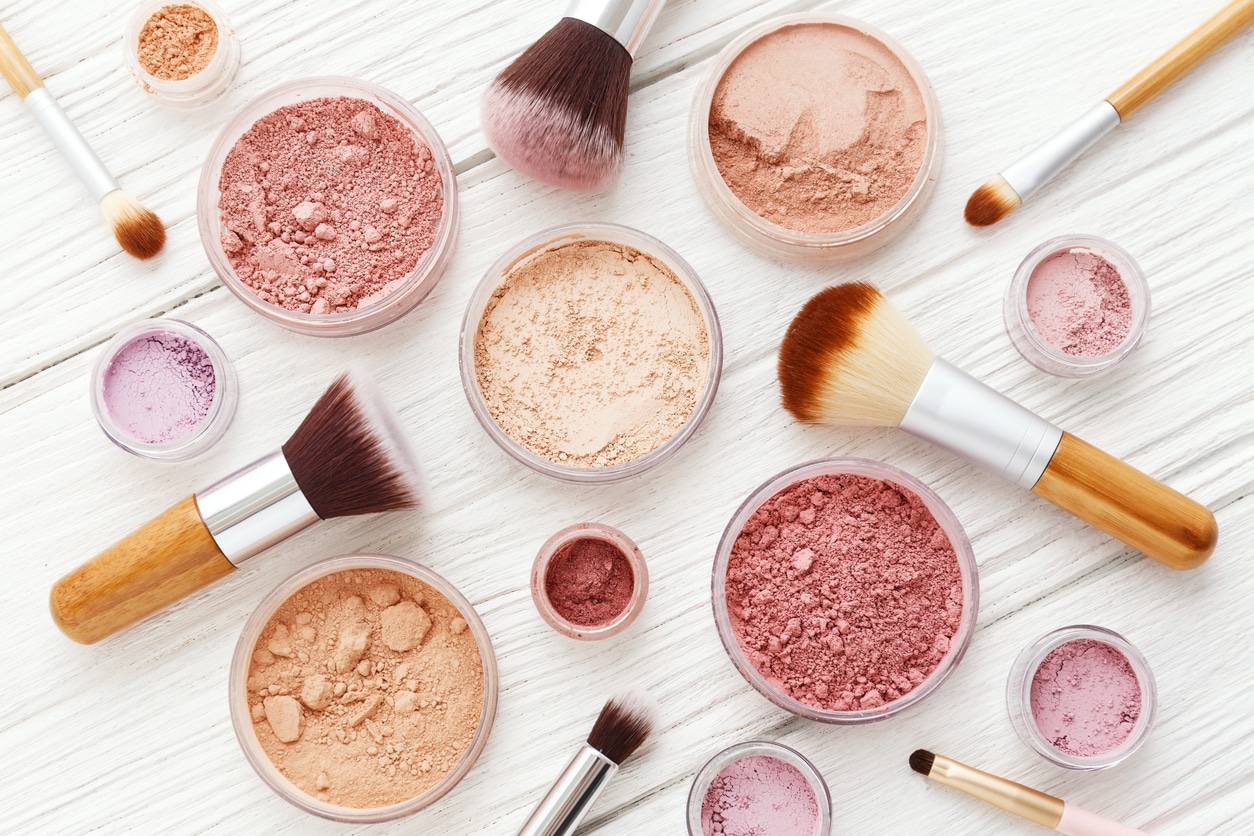Chinese brand Florasis has been one of the defining success stories in Chinese beauty over the past few years. Launched in 2017, Florasis sold over RMB 4 billion worth of products in its first three years of business. A statement released by the brand in October 2020 anticipated sales in excess of USD 500 million (RMB 3.26 billion) for the year 2020 alone. It regularly ranks as among the top beauty brands at e-commerce festivals like Double Eleven, competing with other up-and-coming Chinese brands like Perfect Diary as well as with top international names. Here we examine how Florasis' Makeup Collection Influencer Marketing and other strategic campaigns helped achieve this record growth.
So what’s the secret of the brand’s meteoric rise? It’s tempting to characterize Florasis as an overnight success, and up to a point, it’s an accurate portrayal. After all, they have achieved in only four years what some brands might take a decade to do. But the brand’s success has also been built on a slow, steady approach to growth and a series of carefully considered decisions about brand tone, positioning, and partnerships.
In this article you’ll learn…
Florasis’ unique brand positioning
Firstly, Florasis is very much a story of the right brand for the moment. It’s one of a crop of young businesses that have captured the “Guochao” zeitgeist, riding a wave of consumer enthusiasm for homegrown brands that are distinctively Chinese without falling back on hackneyed cultural tropes. The brand’s Chinese name, “Huaxizi”, calls back to a poem by Su Dongpo referencing Xi Shi, one of the four “great beauties” of ancient China. Its slogan, which translates roughly as “Eastern makeup, makeup by flowers” and features prominently on Florasis’ packaging and branding, also invokes an aesthetic that contrasts with that of Western beauty brands and even with the Korean beauty brands that are typically sought after in China.

How did Florasis win over Chinese consumers?
It’s not just the branding either, Florasis’ products are priced at an average range of RMB 100-200, an entry point that hits a sweet spot for many Chinese consumers. Additionally, Florasis uses homegrown ingredients extensively in its cosmetics, from floral essences to tea and herbs. That’s a major part of the brand’s appeal, connecting traditional Chinese concepts of health and medicine to the modern desire for natural ingredients, wrapped in a package that is authentically Chinese.
Chinese consumers have also responded well to Florasis’ creative product extensions that reflect the brand’s Chinese cultural sensibilities. In 2019, the brand released an intricately carved lipstick, with detailing reminiscent of a wax seal or traditional jade sculpture. The lipstick was presented in packaging designed in the style of an ancient scroll holder, enhancing the overall impact.
Successfully competing or eliciting respect on the global stage is a key facet of the Guochao phenomenon, and it’s certainly a factor in Florasis’ rise. The brand made a successful appearance at New York Fashion Week, collaborating with 3·ZM and LUYANG BY YANGLU, as well as displaying its advertising on Times Square’s iconic billboard screens.
Florasis Makeup Collection: A Winning Influencer Marketing Strategy
Florasis has products and an aesthetic that resonates, but the brand has also made marketing decisions to position itself for explosive growth. In today’s always-on, multi-channel marketing environment, it’s tempting for brands to apply a scattershot approach to celebrity endorsements and Influencer Marketing, in a bid to capture the largest possible audience. Florasis has a notably restrained policy, building a sense of exclusivity and prestige into its promotions by working with a very select few Influencers. Working with stars like model Du Juan and singer Ju Jingyi, Florasis has positioned itself at the vanguard of beauty in China while pitching the broadest mainstream audience.
The principle of spending big money to partner with a small number of carefully chosen stars has served Florasis well to date. The brand has broken with this logic on occasion, working with a number of mid-range KOLs as part of its Xiaohongshu and Douyin strategies. However, you won’t see Florasis spreading its brand thin by having its products touted by every other KOL and Micro-influencer.

Live-streaming – the key to driving sales in Florasis Makeup Collection
Live-streaming is another major plank of Florasis’ Makeup Collection Influencer Marketing success in driving sales, and again, the strategy has been to spend big to work with the most effective stars of live-streaming. For beauty brands who can afford it, working with top live-streamer Li Jiaqi is pretty much guaranteed to send sales into overdrive, and that pretty much summarizes the story of Florasis’ growth in 2019. After initially trading exchanges on Weibo with Li, the brand entered a live-stream collaboration that saw Li feature Florasis regularly in the first half of 2019. Those appearances drove sales to skyrocket, and also planted the seeds for a stellar performance at JD.com’s 6.18 Festival, which saw Florasis eclipse category leader Perfect Diary’s sales. Florasis deepened its collaboration with Li in 2020, recruiting him as an official adviser on marketing and product development.
Utilizing private traffic to maintain consumers
Florasis’ competition with Perfect Diary is an interesting case study in contrasting tactics. Perfect Diary has achieved impressive sales and customer loyalty, principally driven by innovative use of private traffic channels and KOC recommendations. Florasis has used private traffic to some degree, creating customer communities to share product samples, collect feedback, and more. However, the brand has unambiguously targeted a mass audience via conventional online and offline channels – social media, print and broadcast media, advertising screens in prominent public spaces – and those carefully selected for high profile Influencer partnerships.
Noticed any new trends in Chinese Influencer Marketing? Leave your comments below!

